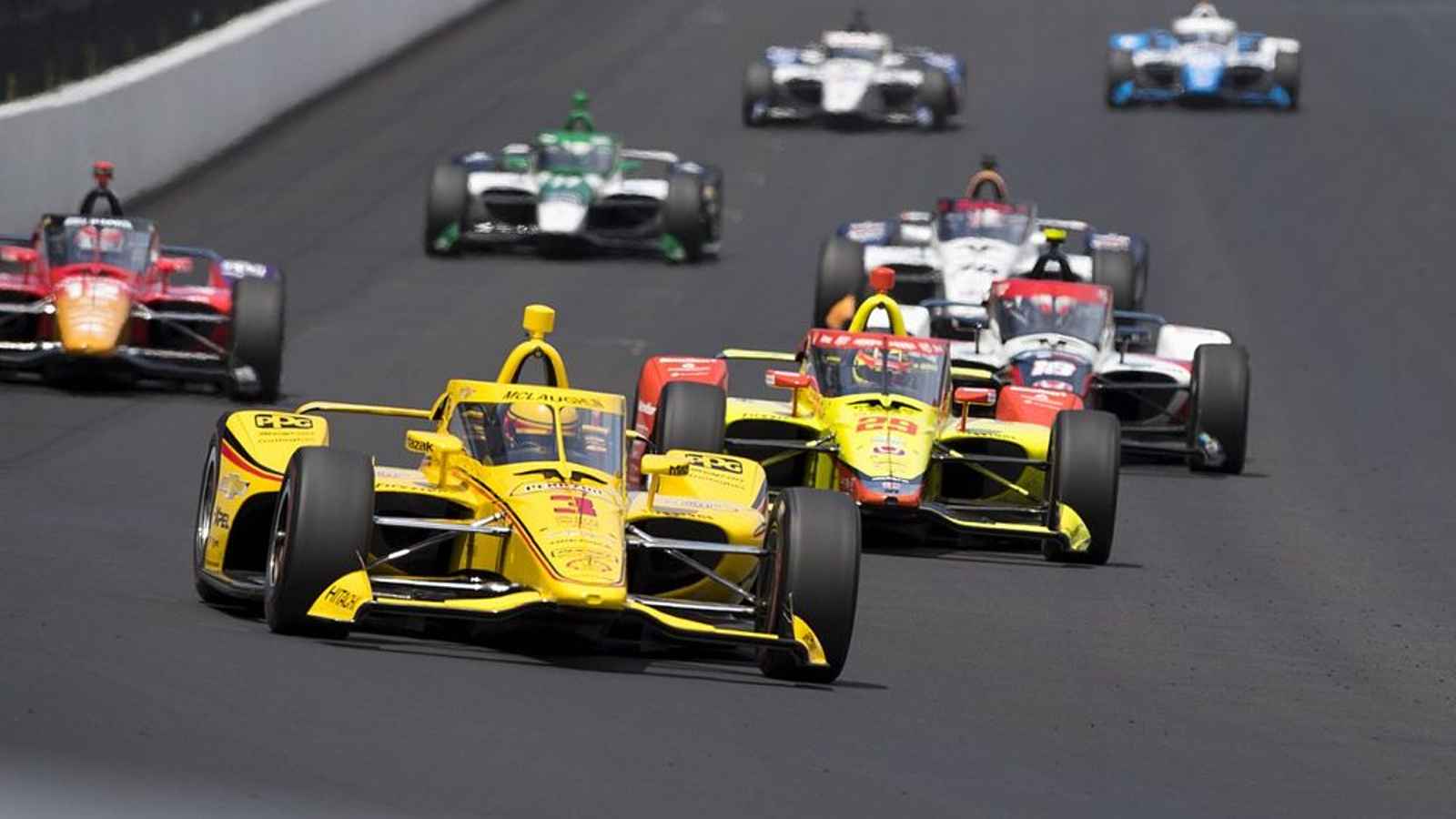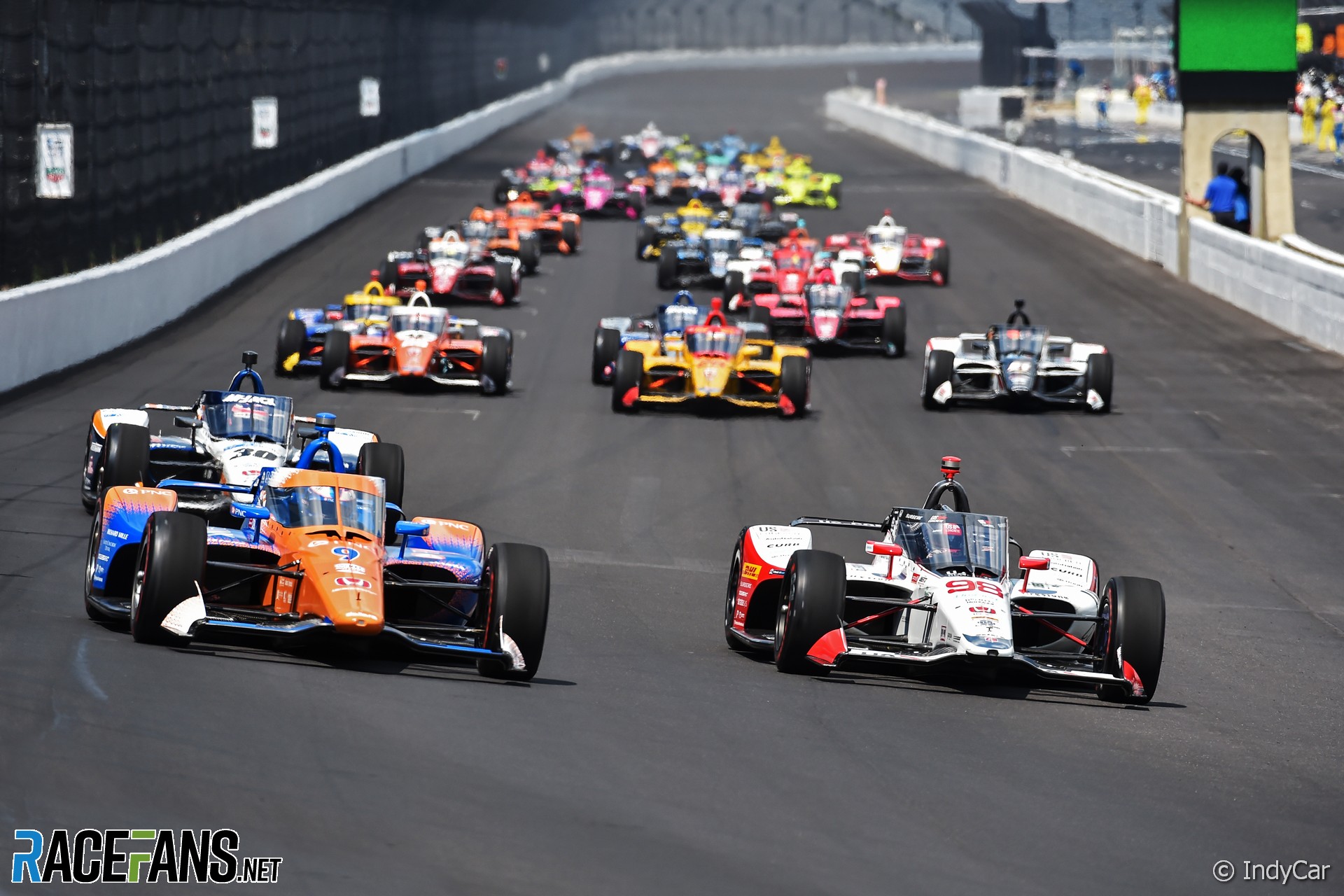Historical Significance of the Indianapolis 500 Start

The Indianapolis 500 start, known as “The Greatest Spectacle in Racing,” is an iconic event that has captured the attention of sports enthusiasts worldwide for over a century. The race’s unique starting procedure, known as the “Rolling Start,” has become an integral part of the event’s legacy and cultural significance.
The origins of the Indianapolis 500 start can be traced back to the early days of automobile racing. In the early 1900s, races were typically started with a standing start, where cars were lined up at the starting line and released simultaneously. However, this method proved to be dangerous, as it often resulted in collisions and injuries.
As the excitement for the Indianapolis 500 start builds, fans from around the world are eagerly searching for ways to stream the race live. Fortunately, there are several options available for those who cannot attend the event in person. For those looking to catch all the action from the comfort of their own homes, this guide provides detailed instructions on how to stream the Indianapolis 500 in Indianapolis.
With just a few clicks, you can tune in and witness the thrilling spectacle of the Indianapolis 500 start.
In 1911, the Indianapolis Motor Speedway (IMS) introduced the “Rolling Start” as a safer and more efficient way to begin the race. Under this procedure, cars are paced by a lead car around the track until they reach a predetermined speed, at which point they are released to begin racing.
The Indianapolis 500 is an annual open-wheel car race held at Indianapolis Motor Speedway in the state of Indiana. For those unable to attend the race in person, there are several ways to stream the event live. Here’s a guide on how to stream the Indy 500 in Indianapolis.
The race is known for its high speeds and close finishes, and it is one of the most prestigious races in the world. The Indianapolis 500 is a must-see event for any fan of motorsports.
Cultural and Sporting Significance
The Indianapolis 500 start has become a cultural and sporting tradition that transcends the world of racing. The event is known for its pageantry and excitement, with fans from around the world gathering at the IMS to witness the start of the race. The Rolling Start has also become a symbol of the event’s unique character and its place in American sporting history.
The start of the Indianapolis 500 is a thrilling spectacle that sets the tone for the rest of the race. The roar of the engines, the anticipation of the drivers, and the release of the cars as they accelerate into the first turn create an unforgettable experience that has captivated generations of fans.
As the roaring engines of the Indianapolis 500 prepare to ignite the starting line, a crucial aspect that determines the outcome of this iconic race is the running order. The sequence in which drivers take to the track plays a significant role in their strategies and chances of victory.
For an in-depth understanding of the Indianapolis 500 running order , delve into the intricacies of qualifying positions, pit stop timing, and the ever-changing track conditions that can influence the race’s ultimate outcome.
Preparation and Strategy for the Indianapolis 500 Start

The Indianapolis 500 start is a crucial moment that sets the tone for the entire race. Teams and drivers meticulously prepare and strategize to optimize their chances of a successful start.
Qualifying plays a significant role, determining the starting positions of the cars. Teams invest considerable time and effort in tuning their cars for speed and handling on the unique Indianapolis Motor Speedway oval.
Car setup is another critical aspect. Engineers fine-tune suspension, aerodynamics, and tire compounds to maximize the car’s performance during the start and throughout the race.
The driver’s mentality is equally important. Maintaining focus and composure in the high-pressure environment of the start is essential. Drivers must execute a precise launch, navigating the delicate balance between acceleration and avoiding wheelspin.
Analysis of Iconic Indianapolis 500 Starts

The Indianapolis 500 has a long and storied history, and its starts are no exception. Over the years, there have been many iconic and memorable starts to the race, each with its own unique story to tell.
One of the most famous starts in Indianapolis 500 history occurred in 1911. That year, Ray Harroun started the race from the pole position and led every lap to win the race. Harroun’s victory was the first time that a driver had led every lap of the Indianapolis 500, and it remains one of the most dominant performances in race history.
Another iconic start to the Indianapolis 500 occurred in 1930. That year, Billy Arnold started the race from the 21st position and went on to win the race. Arnold’s victory was a major upset, and it remains one of the most improbable victories in Indianapolis 500 history.
In recent years, one of the most memorable starts to the Indianapolis 500 occurred in 2011. That year, J.R. Hildebrand was leading the race on the final lap when he crashed into the wall in Turn 4. Hildebrand’s crash handed the victory to Dan Wheldon, who had been running in second place. Wheldon’s victory was his second Indianapolis 500 win, and it came just one year after he had been involved in a horrific crash at the race.
These are just a few of the many iconic and memorable starts to the Indianapolis 500. Each start has its own unique story to tell, and they all contribute to the rich history of the race.
Juan Pablo Montoya’s Pole-Winning Lap in 2000
One of the most impressive starts in Indianapolis 500 history came in 2000, when Juan Pablo Montoya won the pole position with a record-breaking lap of 234.924 mph. Montoya’s lap was nearly 2 mph faster than the previous record, and it stood as the fastest qualifying lap in Indianapolis 500 history for over a decade.
Montoya’s pole-winning lap was a major statement, and it showed that he was a force to be reckoned with in the race. Montoya went on to finish second in the race, but his pole-winning lap remains one of the most impressive performances in Indianapolis 500 history.
Gil de Ferran’s Start-and-Hold Strategy in 2003, Indianapolis 500 start
In 2003, Gil de Ferran employed a start-and-hold strategy to win the Indianapolis 500. De Ferran started the race from the pole position, and he led the first 12 laps of the race. On Lap 13, de Ferran pitted for fuel and tires, and he fell back to fifth place.
De Ferran stayed out of the pits for the next 50 laps, and he slowly worked his way back up to the lead. On Lap 63, de Ferran passed Helio Castroneves for the lead, and he held on to win the race.
De Ferran’s start-and-hold strategy was a risky one, but it paid off in the end. De Ferran’s victory was his first Indianapolis 500 win, and it was one of the most impressive performances in race history.
Helio Castroneves’ Three-Wide Start in 2009
In 2009, Helio Castroneves started the Indianapolis 500 from the third position. On the start of the race, Castroneves went three-wide with Ryan Briscoe and Dario Franchitti. Castroneves was able to get the lead, and he held on to win the race.
Castroneves’ three-wide start was a daring move, but it paid off in the end. Castroneves’ victory was his third Indianapolis 500 win, and it moved him into a tie for second place on the all-time win list.